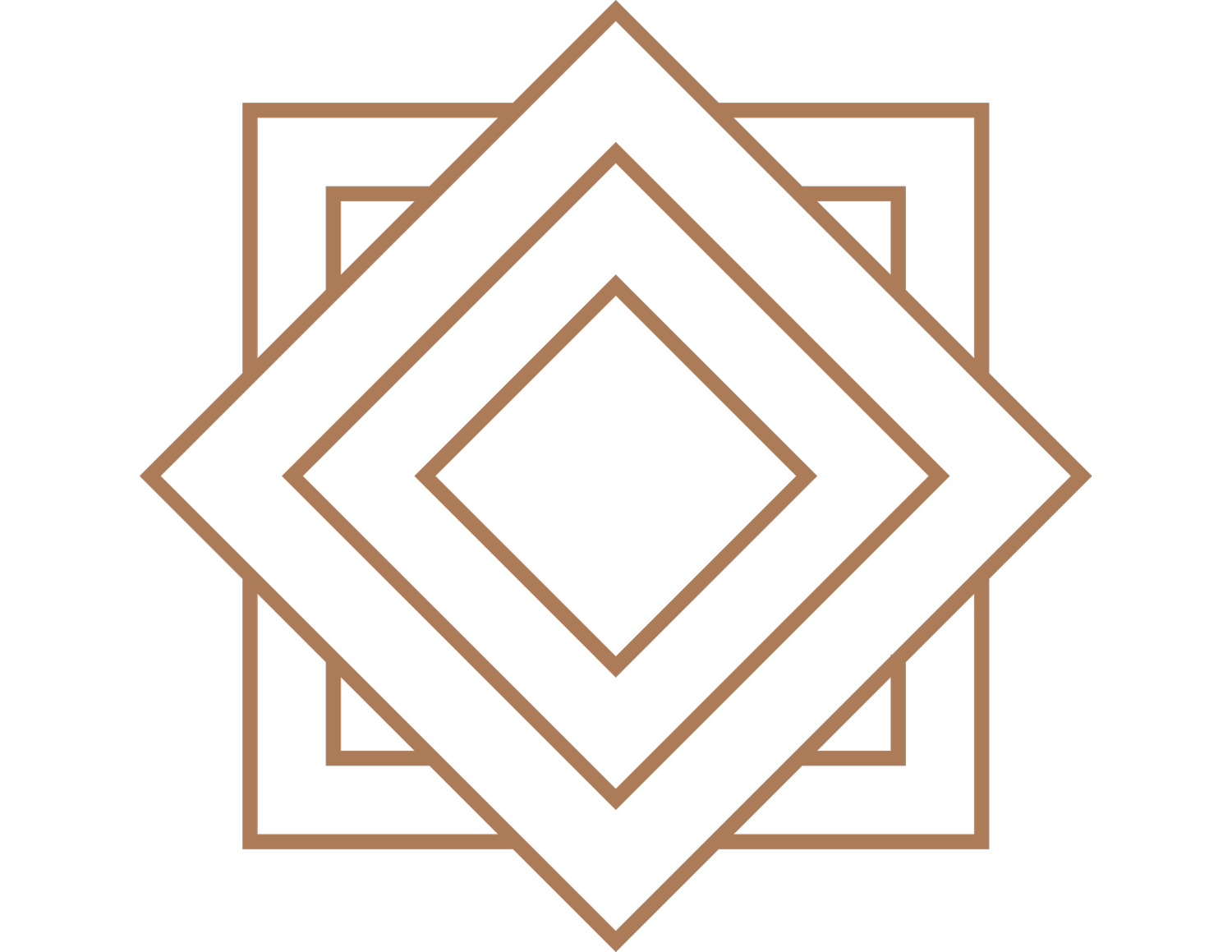This series of classes will be an in-depth text-study of Likkutei Moharan by Nahman of Bratslav, one of the most audacious and innovative Hasidic masters. We will study a variety of his homilies paying attention to structure, interpretive method, and theory of the self. We will spend these two sessions unpacking Likkutei Moharan homily 1:64.
Likkutei Moharan 1:64 also called “the torah of the void,” is based on the elusive confrontation of Moses and Pharoah at the beginning of parshat Bo. For Nahman this is not a confrontation between two representatives of their people but Moses’ confrontation with the absence of God, the true test of heresy founded on the principle that for the world to exist, there must be a place (in this world) where God doesn’t exist. In this sense, this homily counters the more common Hasidic panentheistic notion that, citing the Zohar, “there is no place void of God.” Contesting a metaphysical impossibility (if God fills all voids, how can we exist?) Nahman uses the Moses-Pharoah confrontation as the basis for a deep theological challenge that engages heresy rather than pivoting away from it. There is not true faith, or complete faith, Nahman surmises, unless divine absence is confronted, and only then overcome. We will spend these two sessions unpacking this homily.
Note: Participants are encouraged to attend both Part 1 and Part 2.
Shaul Magid teaches Modern Judaism at Harvard Divinity School where he is also a senior research fellow at the Center for the Study of World Religions. He is the author of many books and essays on Jewish thought. His most recent book is The Necessity of Exile: Essays from a Distance (2023). He just completed a two-volume forthcoming work, The Political Theology of Yoel Teitelbaum of Satmar: Zionism as Anti-Messianism. He is a member of The American Academy of Jewish Research and the American Society for the Study of Religion. He is also the rabbi of the Fire Island Synagogue.

